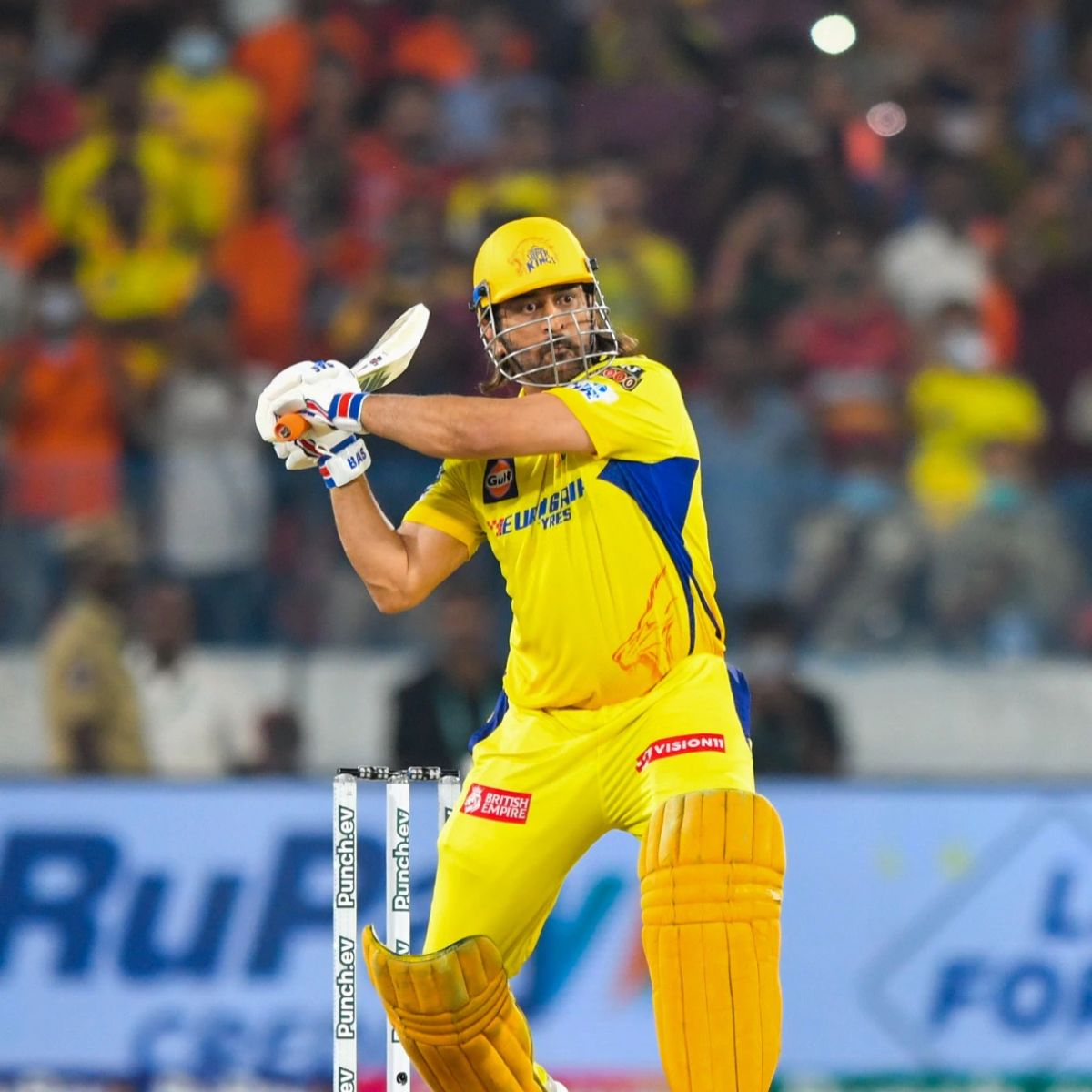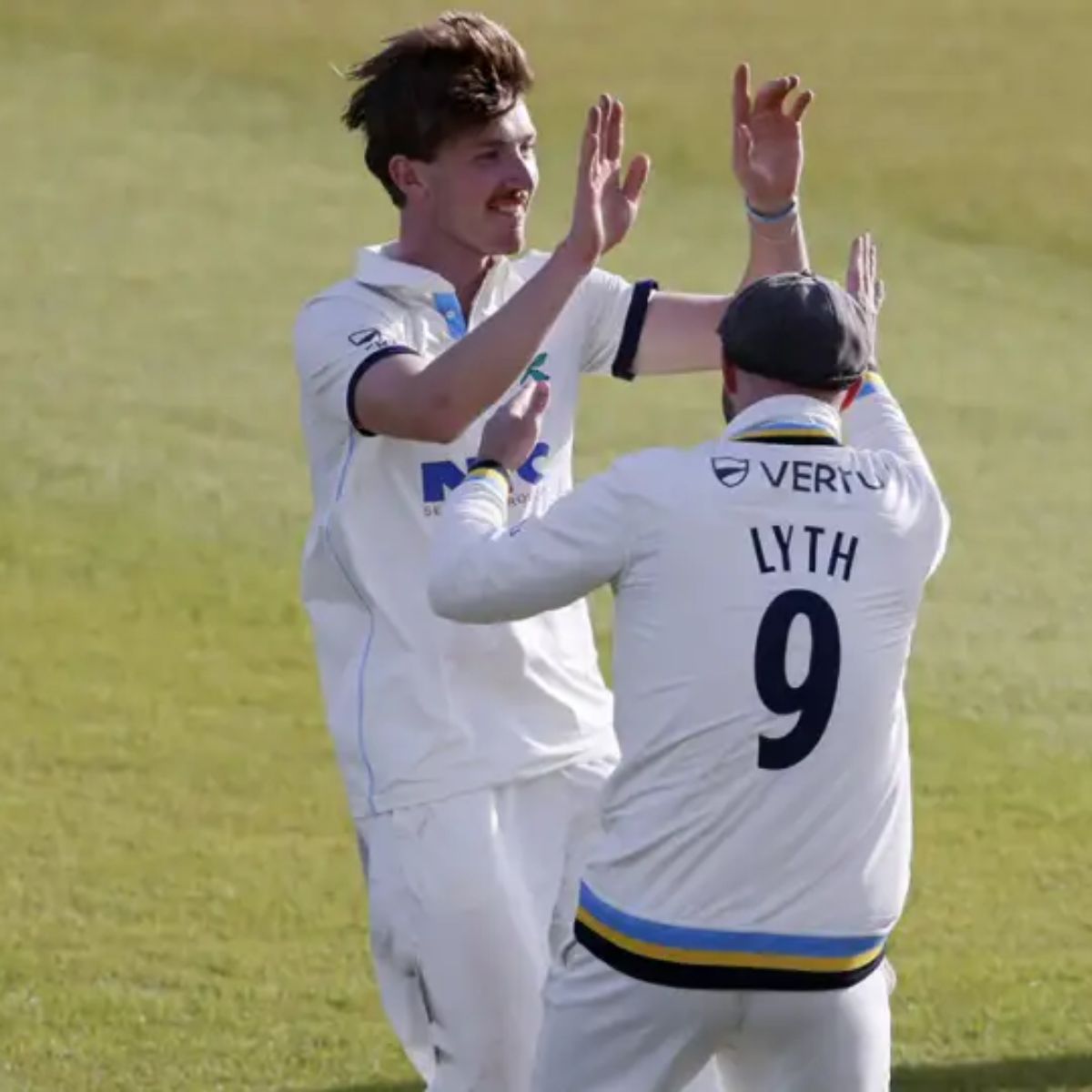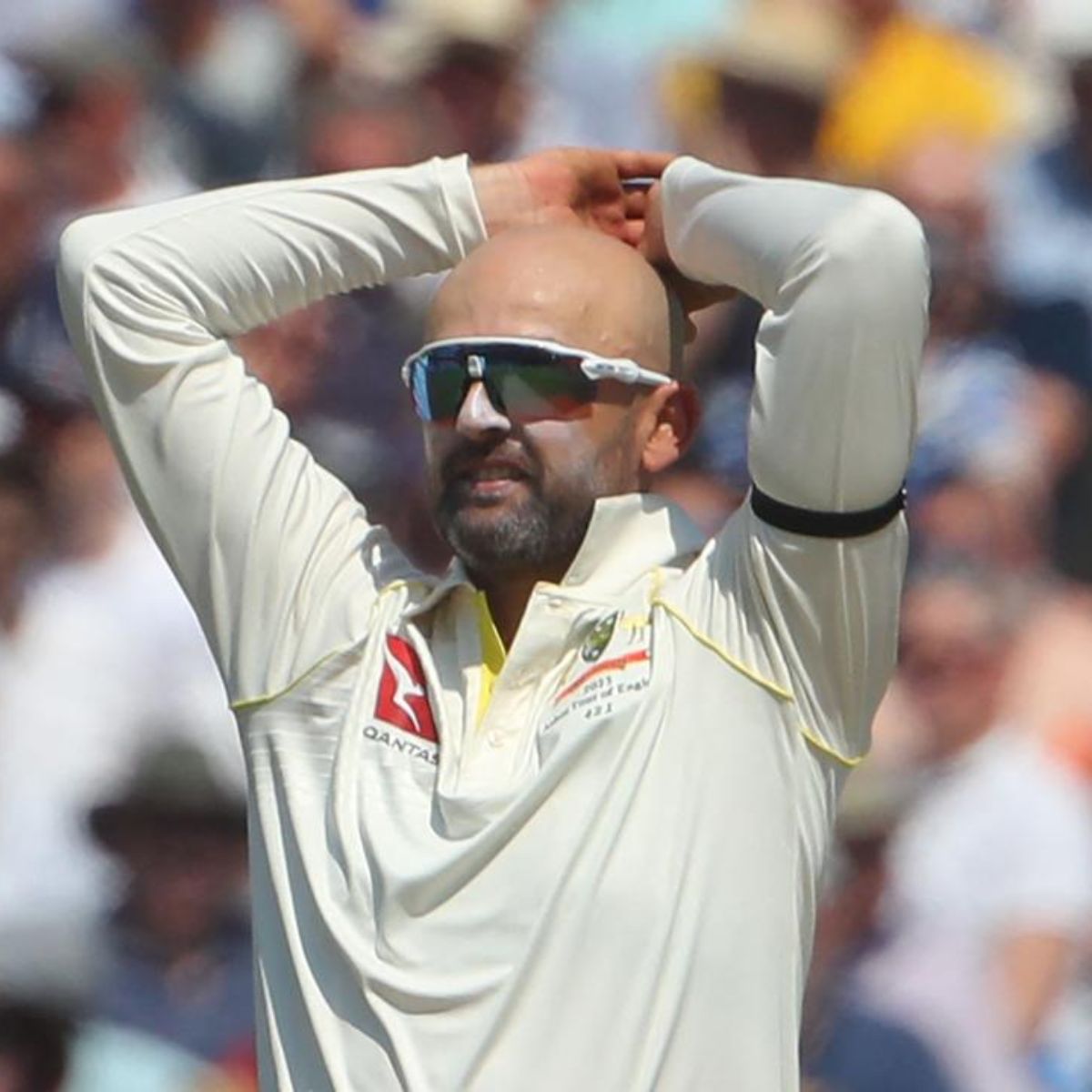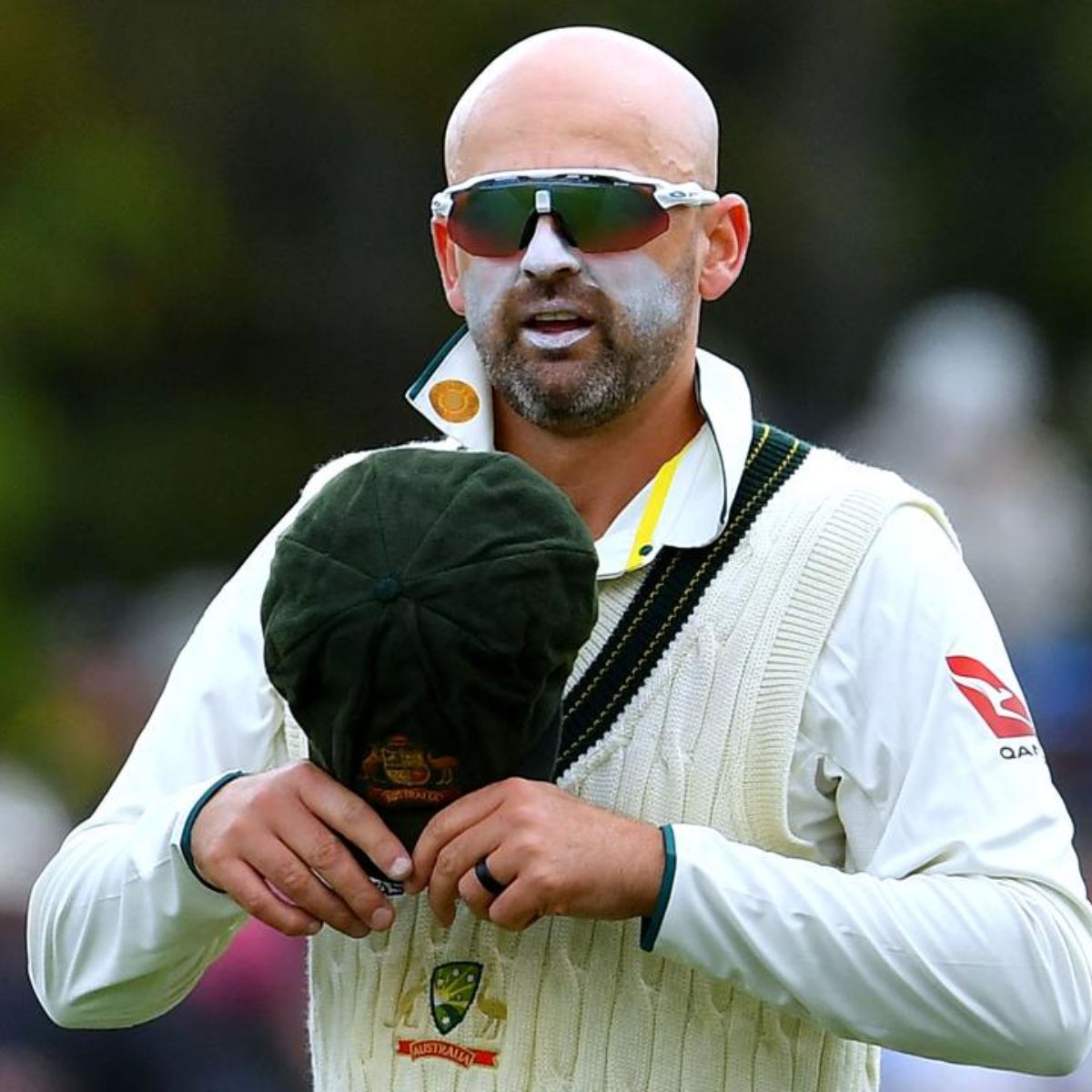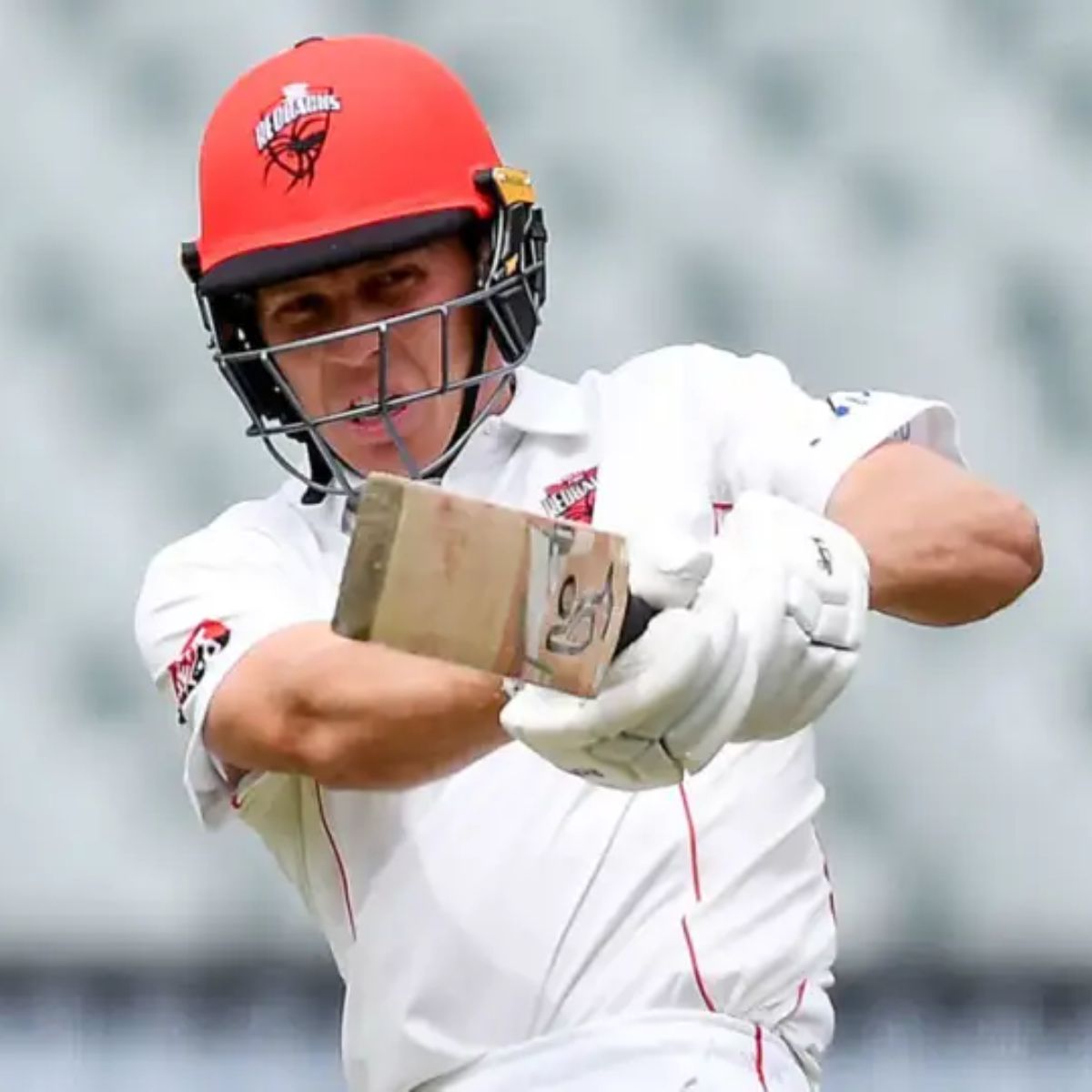There’s an old saying that in order to make money, you have to spend money. Basically, the more resources you put into a business venture, the more revenue you’ll see come out of it. Cubs owner and chairman Tom Ricketts knows this; we’ve seen it in action. But he may need a friendly reminder.
All eyes appear to be on the staredown between the Cubs and Scott Boras, agent to free agent Cody Bellinger. Ricketts talked to reporters at spring training about negotiations, the roster, and revenue. On the topic of negotiations, he said there’s been dialogue between the two sides. However, no actual negotiations are being discussed. He said he does not talk to Boras directly and leaves that to President Jed Hoyer. But if Boras wants to get serious with his requests, they’ll be at the table ready to talk.
Boras responded by saying it is common for owners to talk and “recruit” free agents. He added that Ricketts’ actions show he “doesn’t care” about Bellinger. History shows just how little these two do business together, too. It’s been more than ten years since the Cubs signed a Boras client to more than a one-year deal.
Subscribe to the Pinwheels and Ivy Show, a White Sox vs. Cubs podcast made for Chicago fans.
As frustrations boil over between the Cubs and Boras, that frustration is doubled for the fans. Ricketts has said this roster can win, and there is a path to winning a World Series without spending the most money. The fans have argued that Chicago is a top market in the country and that there’s no reason not to add assets. The financial limitations of other teams and cities should not apply or be used as an excuse. So they question why the Cubs hesitate to spend to be considered the best.
The Competitive Balance Tax
There is no salary cap in baseball, but MLB has what they call a Competitive Balance Tax. In short, when a team’s annual payroll goes over a set amount, the team will be taxed for every dollar they go over that amount. Every year, they go over the “luxury” tax consecutively, and the tax percentage goes up. This is designed to let teams with less revenue compete financially with the likes of the New York Yankees and Los Angeles Dodgers.
In 2024, the set threshold for the tax is $237 million. Per Sportac, the Cubs’ current payroll for 2024 is just under $188 million, ninth most in the league. The Yankees’ payroll is the highest, with over $290 million.
In his comments to the media, Ricketts explained the usage of the revenue and how it relates to the Cubs’ payroll. He said they take out the money to pay the bills and all personnel first. Then, they give Hoyer and the Cubs everything left to build a team. He said the plan is always for the Cubs to hang around the CBT number year in and year out, but Hoyer controls the spending.
What Would It Take For Ricketts, Cubs To Go Over The Tax?
Ricketts was asked what it would take for the Cubs to surpass the threshold to compete more regularly. He responded by saying they needed to bring in more revenue to have more money to spend.
As of 2023, the Cubs are the fourth-most valuable franchise in baseball. The Ricketts family purchased the Cubs in 2009 for $700 million, and it is now worth over $4.1 billion.
Much of that growth is due to the money the Ricketts poured into renovating Wrigley Field and transforming the area around it. What they did to the area is something Cubs fans can enjoy for generations to come. Having a home ballpark that is still functional after over a century while keeping the surrounding area thriving is something you won’t find anywhere else (eh, maybe Boston).
But with those renovations came money funneling in through the newfound sources of revenue. Ricketts calling for more revenue to spend like a top-market team while being a top-market team is counterintuitive. So, let’s try to break down just how much revenue the Cubs are bringing in.
Inside the Ballpark Revenue
In 2023, the Cubs averaged just over 34,000 fans per game, with a total attendance of just under 2.8 million. The average ticket price for a game is $54. A hot dog and a pop at the concession stands will cost you about $13. On average, a fan spends $95 at a Wrigley Field ball game. That’s roughly $266 million generated – not counting beer.
You will be hard-pressed to find a beer of any size under $12 at Wrigley. If you have ever been to a game there, you’ve seen how rowdy it can get in the bleachers. In the chaos, they build what they call “cup snakes.” This is when fans stack their empty beer cups to create a snake-like structure, running across the seats as long as fans can hold it up. Sometimes, they can reach from the bottom to the top and beyond.
Next time you see one in the bleachers, think about how each one of those cups costs at least $12. A stack of 100 cups is already $1,200 paid to the Cubs, which many consider a “weak” cup snake.
Outside The Ballpark Revenue
As mentioned above, the Ricketts invested in the area around Wrigley Field to make room for more businesses and attractions. In other words, they created more revenue opportunities for the Cubs and themselves.
The large structure next to the stadium is home to the Cubs’ front offices, pro shop, and several restaurants/businesses. Gallagher Way is an outdoor area with a turf field that hosts game day events, concerts, movies on the lawn, and an annual Christmas market. The Christmas market also connects to a big Christmas extravaganza inside the stadium.
Across Clark Street, an even larger building the length of the block was built with several restaurants and a luxury hotel. Rooms look out to Gallagher Way and the stadium, perfect for out-of-towners seeing their favorite teams or just experiencing Wrigleyville. The Ricketts family and the Cubs own all this property and bring in revenue from each business on the properties.
Marquee Sports Network
In 2020, Ricketts and the Cubs announced the debut of the Marquee Sports Network. Like the Dodgers, the Cubs took advantage of their large market and deep pockets by creating their own media network to televise their games. This replaced the Cubs on NBC Sports Chicago, ABC 7, and WGN.
The Cubs were so popular over the years because of the national access people had to watch their games. WGN stretched from coast to coast, and the Cubs played all their home games during the day, before Wrigley got lights in 1984. Even after that, the Cubs had more day games than anyone in the league. They were always on for people to watch.
Marquee is another revenue source, and the team owns its own network. The station has constant content with Cubs-focused shows but also has the rights to televise local sporting events like college basketball and the WNBA’s Chicago Sky.
Marquee is not a channel everyone is privileged to have. In-market, not every provider has deals with the station, leaving customers having to subscribe to Marquee separately to stream for $20 a month. Due to MLB restrictions, fans could subscribe to content-based shows outside the market but would have to subscribe to MLB.TV for games.
DraftKings Sportsbook Addition
The Cubs have partnered with DraftKings to add a fully functional sportsbook connected to Wrigley Field on the corner of Addison and Sheffield. Inside, fans can watch dozens of televisions with sporting events taking place. It is also a bar and restaurant.
Fans can reserve booths and tables for big sporting events all year long. While there is no access to the sportsbook from inside the stadium and vice versa, fans can still enjoy betting on their phones inside the stadium using the DraftKings Sportsbook App.
This is another new form of revenue created thanks to the renovations to Wrigley Field and the business-savvy Ricketts family. With the addition of this structure, all four corners of the Wrigley Field block have been addressed and improved over the last ten years. It benefits fans for the experience and the Cubs and Ricketts family for revenue.
There’s More To It Than This
The Ricketts family owns other businesses and has more forms of revenue as well. Those entities have revenue sources that may or may not factor into the Cubs’ budget. But with all of these ventures come costs of operations, too. It is understood that what is above is just the money being brought in and does not necessarily factor in all the expenses to keep all businesses afloat and moving forward.
At the same time, the fact remains that the Chicago Cubs are the fourth most valuable baseball franchise in the country’s third-largest market. The cost to attend a ballgame and enjoy concessions is at the top of the league, and attendance is at the top of the league.
The Cubs generate revenue outside the ballpark with year-round businesses and events on their properties. They own their own network and own media rights for broadcasting, a luxury only a few teams have. They have gotten ahead of the gambling curve by adding an entire sportsbook to its structure.
If the Cubs and Ricketts need to generate more revenue to spend money like the teams in the same bracket, there cannot be many options left that they aren’t already doing. New York and Los Angeles make it work with no hesitation. Where is that attitude in Chicago?
And let’s go back to spending money to make money. Hosting home playoff games would certainly generate more revenue. Winning a World Series will generate more revenue than you could calculate. You can’t do that without putting a championship-caliber team together. And you can’t do that with out spending.

